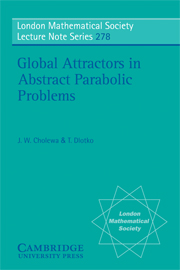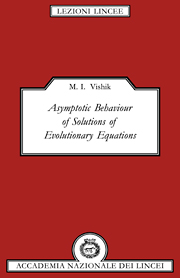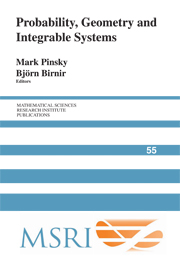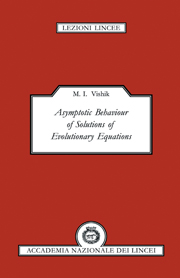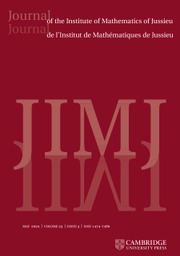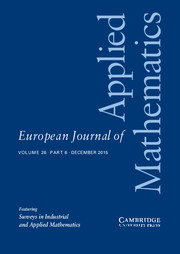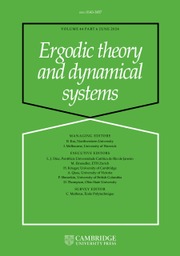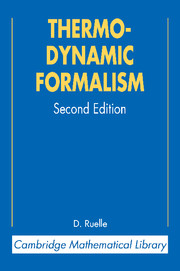Chaotic Evolution and Strange Attractors
This book, based on lectures given at the Accademia dei Lincei, is an accessible and leisurely account of systems that display a chaotic time evolution. This behaviour, though deterministic, has features more characteristic of stochastic systems. The analysis here is based on a statistical technique known as time series analysis and so avoids complex mathematics, yet provides a good understanding of the fundamentals. Professor Ruelle is one of the world's authorities on chaos and dynamical systems and his account here will be welcomed by scientists in physics, engineering, biology, chemistry and economics who encounter nonlinear systems in their research.
Reviews & endorsements
"...deals with the aspects of dynamical systems which are more closely related with ergodic theory, namely the properties of the invariant measures generated by the time evolutions." Mathematics and Computers in Simulation
"...an excellent survey of the current theoretical status of an exciting subject. I think it is accessible to anyone with undergraduate mathematics, and well worth reading." SIAM Reviews
"...a fine reference book for experts in this field." The UMAP Journal
Product details
September 1989Paperback
9780521368308
112 pages
216 × 139 × 7 mm
0.154kg
Available
Table of Contents
- Foreword
- Introduction
- Part I. Steps to a Deterministic Interpretation of Chaotic Signals:
- 1. Descriptions of turbulence
- 2. A bit more on turbulence
- 3. The Hénon mapping
- 4. Capacity and Hausdorff dimension
- 5. Attracting sets and attractors
- 6. Extracting geometric information from a times series
- Part II. The Ergodic Theory of Chaos:
- 7. Invariant probability measures
- 8. Physical measures
- 9. Characteristic exponents
- 10. Invariant manifolds
- 11. Axiom A and structural stability
- 12. Entropy
- 13. Dimensions
- 14. Resonances
- 15. Conclusions
- References
- Bibliography
- Index.


